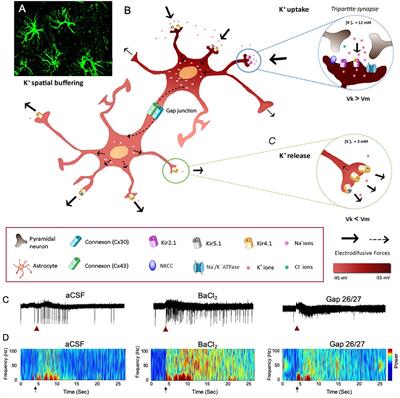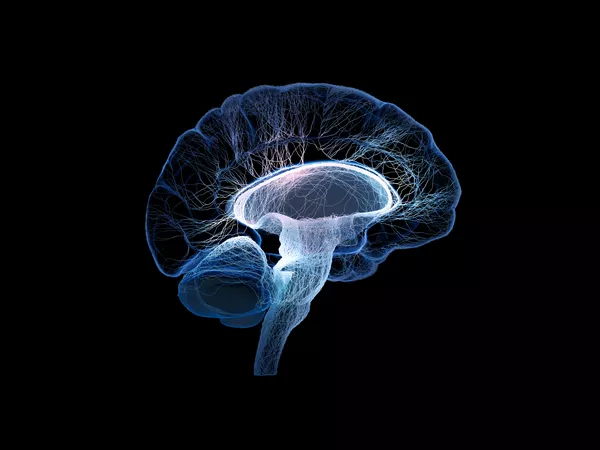EDITORIAL
Published on 14 Aug 2020
Editorial: A Conversation With the Brain: Can We Speak Its Language?
doi 10.3389/fnins.2020.00794
- 7,232 views
31k
Total downloads
309k
Total views and downloads
You will be redirected to our submission process.
EDITORIAL
Published on 14 Aug 2020
PERSPECTIVE
Published on 11 Aug 2020

ORIGINAL RESEARCH
Published on 30 Jun 2020
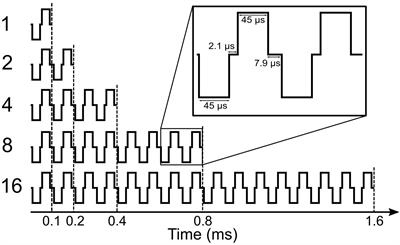
REVIEW
Published on 19 May 2020
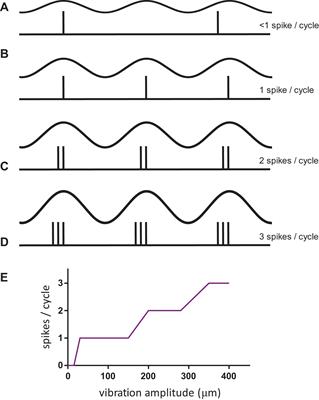
REVIEW
Published on 28 Apr 2020
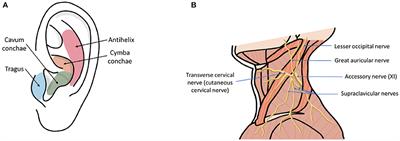
ORIGINAL RESEARCH
Published on 21 Apr 2020

REVIEW
Published on 26 Mar 2020
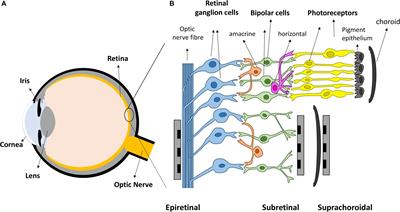
PERSPECTIVE
Published on 28 Feb 2020
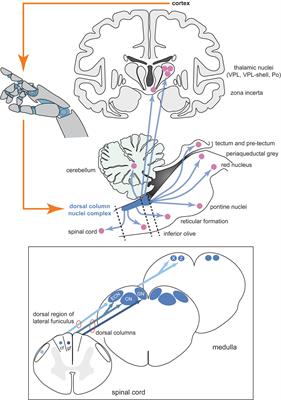
ORIGINAL RESEARCH
Published on 17 Dec 2019
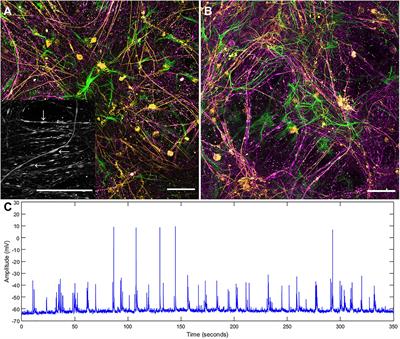
ORIGINAL RESEARCH
Published on 05 Dec 2019
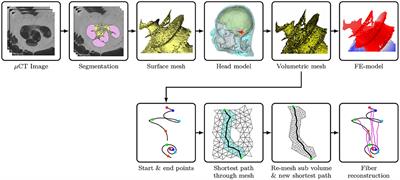
ORIGINAL RESEARCH
Published on 05 Nov 2019

MINI REVIEW
Published on 18 Oct 2019
